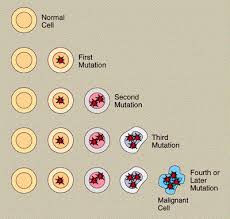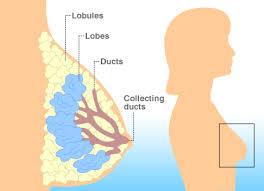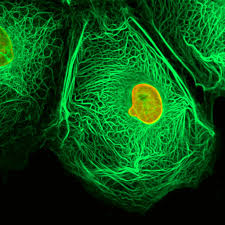Asbestos is the most common cause of mesothelioma. Up to nine out of ten cases of mesothelioma are caused by exposure to asbestos. Asbestos is a natural mineral, mined from rock found in many countries. It is made up of tiny fibres that are as strong as steel but can be woven like cotton and are highly resistant to heat and chemicals.
During the 1960s the first definite link between mesothelioma and asbestos was made. In the past asbestos was imported to the UK in large quantities. It was used in construction, ship-building and in household appliances. Asbestos was very widely used in insulation materials, such as amosite insulation board, and building materials, including asbestos cement.
When asbestos is disturbed or damaged, it releases tiny fibres that can be breathed into the lungs. Asbestos fibres are very fine and, when breathed in, they can make their way into the smallest airways of the lung, so they cannot be breathed or coughed out. Once the fibres are in the lungs, the body's defence mechanism tries to break them down and remove them, which leads to inflammation in the lung tissue.
The asbestos fibres can also penetrate through the lung tissue to settle in the pleura (the membrane around the lung). Over many years they can cause mesothelioma or other lung diseases to develop.
Asbestos fibres can also be swallowed, and some of the fibres can stick in the digestive system. They can then move into the membrane that lines the abdomen (the peritoneum), where they cause inflammation.
The people most likely to have been exposed to asbestos include:
- construction workers
- plumbers
- electricians
- boilermakers
- shipbuilders
- demolition workers
- people who worked in other places where asbestos was present and
- people who lived near to asbestos factories.
Family members of people who worked with asbestos and brought the dust home on their clothes have also sometimes developed mesothelioma.
There are three types of asbestos: blue, brown and white. Blue and brown asbestos are the types most commonly linked with mesothelioma. They are now very rarely used and cannot be imported into the UK. Originally, white asbestos was thought not to be dangerous but recent studies have now shown that it is also harmful.
In the 1980s, imports of blue and brown asbestos into the UK were stopped, and in 1999 the importation and use of all asbestos was banned. However, as mesothelioma develops so slowly, it is estimated that by 2015 approximately 3000 people will be diagnosed with mesothelioma each year. The number of people who develop mesothelioma will then start to reduce each year.
Mesothelioma does not usually develop until many years after exposure to asbestos. It can take any time from 10 to 60 years, although the average is about 30 to 40 years after exposure to asbestos.
Occasionally, mesothelioma develops in people who have never been exposed to asbestos. The other causes of the disease are not fully understood, but in rare cases the development of mesothelioma has been linked to exposure to radiation.
Research has not found any evidence that smoking increases a person's risk of developing mesothelioma. It is also thought that exposure to other building materials such as fibreglass does not increase the risk.
Mesothelioma is not contagious and cannot be passed on to other people. It is not caused by inherited faulty genes and so family members do not have an increased risk of developing it, unless they have been in contact with asbestos.











